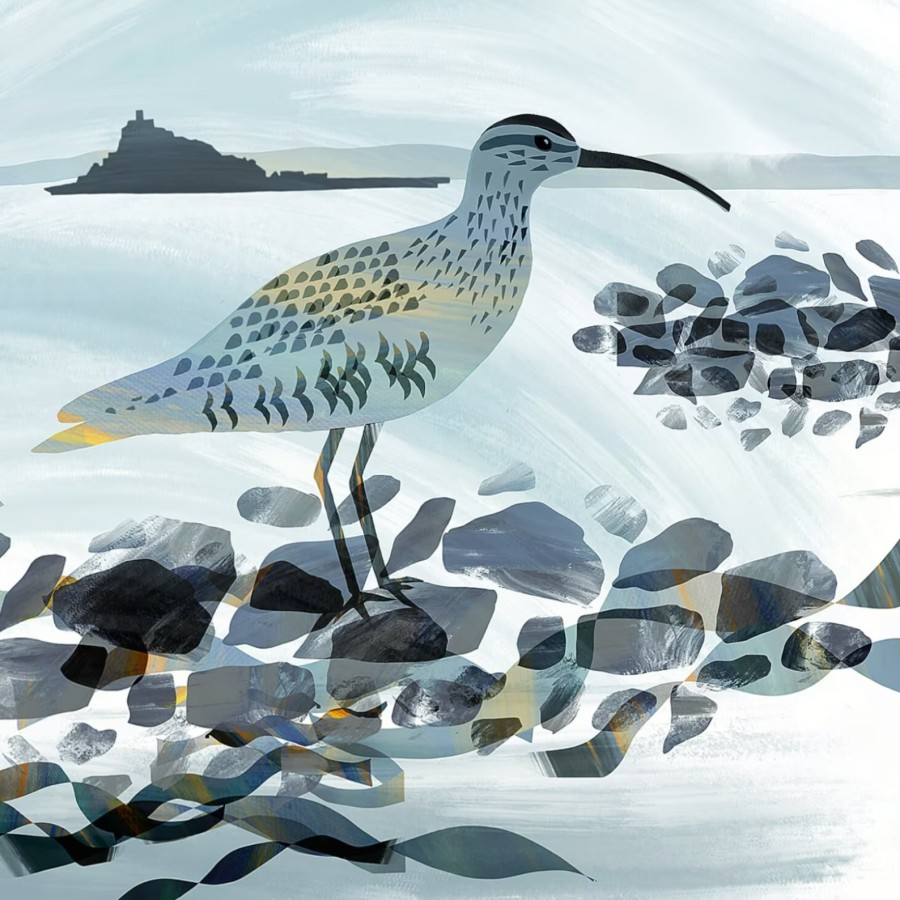The Needles: One of England’s Natural Wonders

The Needles are one of the most iconic sights in England, a set of three tall chalk rocks that protrude from the sea. The fourth (‘Lot’s Wife) crashed to the sea in a storm in 1764 (so loud, that it was heard miles away, and you can still see the stump at low tide, a dangerous reef).
Hence the nearby lighthouse (see up to 14 miles away) which is now automated. The chalk ridge continues under the sea to Isle of Purbeck in Dorset. It’s believed the chalk connected to Old Harry Rocks 20 miles away.
The Needles Old Battery was a former military site. Thankfully today it’s owned and run by National Trust, as a nature reserve. Nearby Alum Bay is known for its coloured sands (caused by mineral deposits like iron oxide).
Iron oxide is not safe for dogs, so keep them away from beaches containing them – read more on keeping dogs safe by the sea.
Also found in natural sunscreens and cosmetics, so wash off before letting pets kiss you!
This area became the site for pioneering radio transmissions by Guglielmo Marconi, who was credited with inventing radio (which helped to rescue survivors on the Titanic). Unfortunately his heroic status soon vanished, when it turned out he had associations with Mussolini’s Fascist Party (statues dedicated to him in Italy have now been removed).
Who Was Lot’s Wife?
The needle that crashed into the sea, was named after a character from the Bible, how is never named. She is known for turning into a pillar of salt (hence why The Needle is named after her) when she looked back at the destruction of Sodom (Mount Sodum is a hill made from salt).
Some say she was called Ado or Edit, but nobody is sure. There is also a formation at the Dead Sea, named after her.
The parable’s meaning is simply of the consequences of looking back. And holding onto worldly possessions and sinks, rather than disobeying Divine instructions.
Even if you’re not religious, it’s quite good advice.
Don’t look back, unless you’re planning to go that way. Frances Verbeek






